Milk tart macarons – yes you heard me right, I’m making them a thing. For bite-sized morsels of yumminess with loads of Parisian elegance, few things beat macarons. Possibly Madeleines, but then Madeleines are what I enjoy with a cup of tea or coffee. In my book macarons beg for Champagne, so not really much of a contest now, is there? If the thought of making macarons scares you a bit, it’s with good reason. Of all the ‘biscuits’ you can make, these are probably the most temperamental. But I’ve learnt through trial and error, and as long as you follow my basic rules below, you’ll be OK.
Macarons can be filled with pretty much anything – a schmear of lovely raspberry jam, flavoured buttercream, lemon or orange curd. But I had an ah-ha moment and spread on some of my basic milk tart filling that I also use to fill mini croissants. A bit of Afro-French fusion, because why ever not.
All you need is…
⅔ cups almond flour
1 cup icing sugar
¼ cup normal sugar
2 jumbo egg whites, at room temperature
click here for the milk tart filling recipe
Blitz the almond flour in your food processor for two minutes. Then add the icing sugar and run for a further minute. Put the mix through a fine sieve. If there are any pieces that won’t go through, put them back in the food processor – the finer your flour mixture, the better the texture of the macarons. Whisk the egg whites until nicely foamy, then slowly add in the sugar and keep on whisking until stiff peak stage. Add the flour mixture to the egg mixture and carefully fold through to incorporate. (NB: I consider this the most important part in ensuring successful macarons. If you don’t mix it enough, your macarons won’t be smooth. If you stir it too much, the mixture will become too runny to work with. What you want is something resembling thick lava that drips smoothly from a spoon.)
Spoon the mixture into a piping bag. I use disposable ones and don’t bother with a tip, I just snip it open to create about a 1cm hole. Pipe smallish dots – about 3cm in diameter – onto a baking tray lined with baking paper. (NB: Be sure to use proper baking paper, not wax paper. Being a meringue, this puppy will stick if you don’t use proper baking paper.) Now give the tray a seriously hard whack on a flat surface 3-4 times to remove air bubbles.
Now for the next incredibly important step – let the macarons sit for 30-120 minutes before they go in the oven. If you don’t do this, you will not get that cute frilly bottom that is the hallmark of a well-made macaron. I could bore you with the science of dried-surface-meets-expanding-things-underneath, but I won’t. Just trust me that you really need to do this and you can’t cut corners.
How long the macarons take to dry depends on how humid the air is. You will know they are ready for the oven if you can gently touch them on the side and on top, and your finger does not stick. Then into a 170 degree Celsius (normal setting, not thermo) it goes for 12-15 minutes. This is 10 degrees warmer than many other recipes state, but I’ve established through trial and error that a bit more heat works for me. (Here’s another hot tip: what your oven’s temperature gauge says the internal heat is and what it actually is, are mostly two totally different things. Get yourself a thermometer that you can hang in the oven. They only cost about R100. You’ll probably be gobsmacked how it differs!)
The best way of knowing whether the macarons are cooked through, is to lift them. If they easily come off the baking paper, they’re done. If the bottom stays behind there’s no need to freak, it just means they need another minute or two. Allow the macarons to cool, then spoon some of my milk tart filling onto a macaron and top with another.
makes
15-20
prep
20 min
bake
12-15 min
tips, tricks and trivia
Celebrating 18 years of Four Cousins
Four Cousins is South Africa’s biggest selling bottled wine brand. It has its roots in the mid 1990’s when four cousins (yes, they’re actual cousins) Hennie, Neil, Bussell and Phillip all finished their studies and one after the other joined the family farm, Van Loveren Vineyards, near Robertson. They set out to make a wine of their own. I can well remember the launch of Four Cousins in 2000 – the bottle was huge and I could actually afford it!
![]()
A crowd-pleaser all over the world
Fast forward 18 years and in that time the range has grown massively to include sparkling wines, still wines and liqueurs. Four Cousins is today enjoyed in over 62 countries. Not bad for four cousins from the Klein Karoo!
enjoy with
Coincidence is an amazing thing. Because just as I was finishing my macarons, the folks from Four Cousins came knocking on the door with a pressie – a fabulous box containing four bottles of their wine and four different macarons to pair with those wines. What was the occasion? Their 18th birthday. I decided their Brut sparkling wine was just the one to sip with my milktart macarons. Now as the name Brut tells you (and if it doesn’t, now you know) this is a dry sparkling wine. Made of 100% Sauvignon Blanc grapes, it is a fruit-driven sparkler just perfect for easy sipping on warm days. The Four Cousins range is intended to be a very pocket-friendly everyday wine. So this is not an MCC (ergo, a bottle fermented Méthode Cap Classique made in the Champagne-style). For that you need to turn to their single-vineyard premium Christina range.
Four Cousins Brut is made by introducing carbon dioxide to the wine, which is stored in pressure-resistant stainless steel tanks, then filtered and bottled under pressure. It’s fresh, crisp and light – just what you’re looking for in an affordable crowd-pleaser.


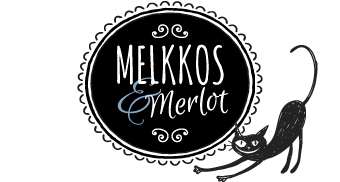


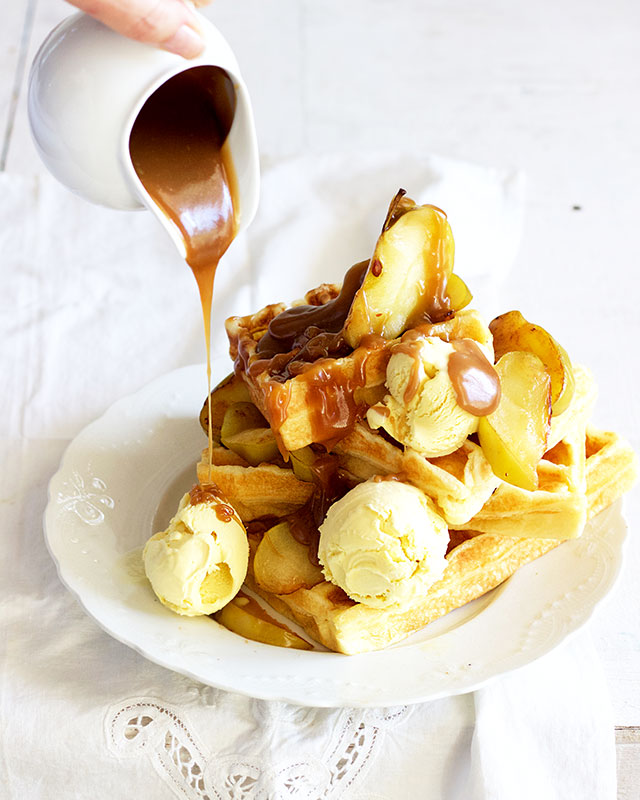

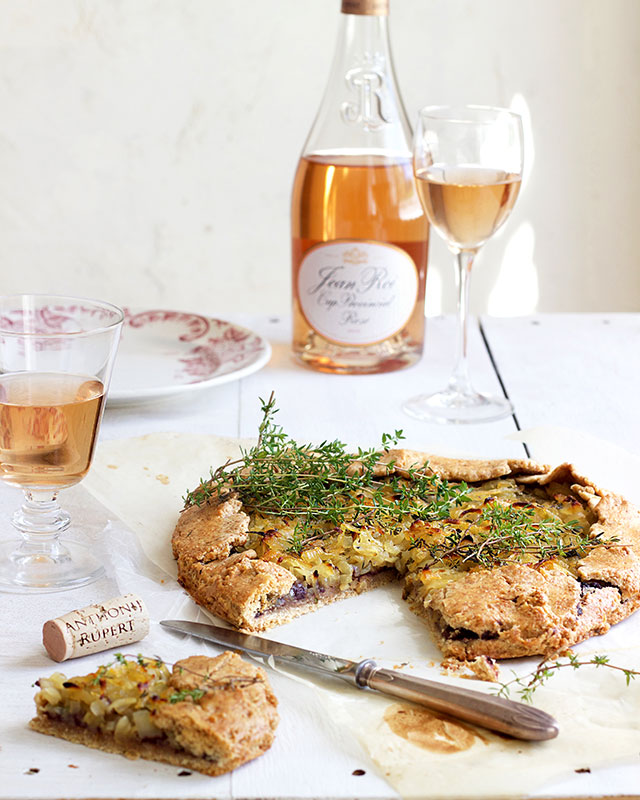



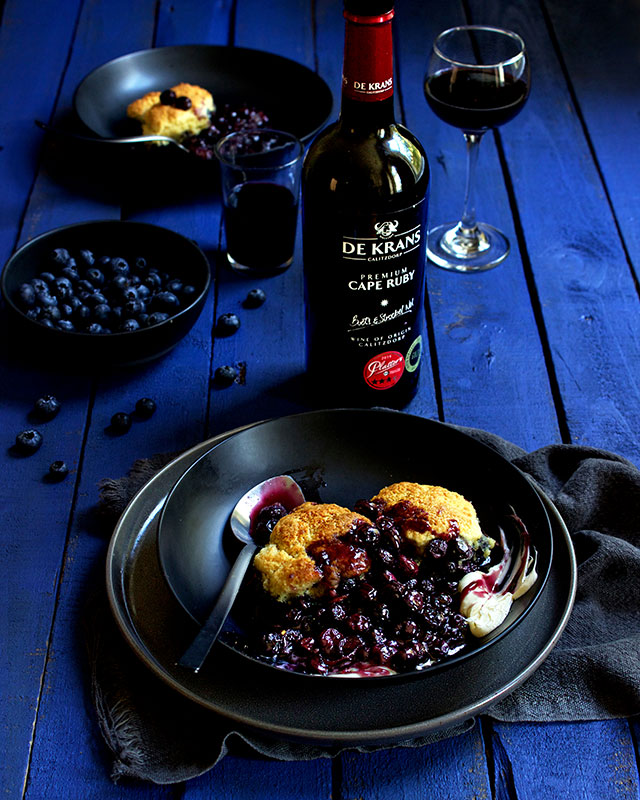
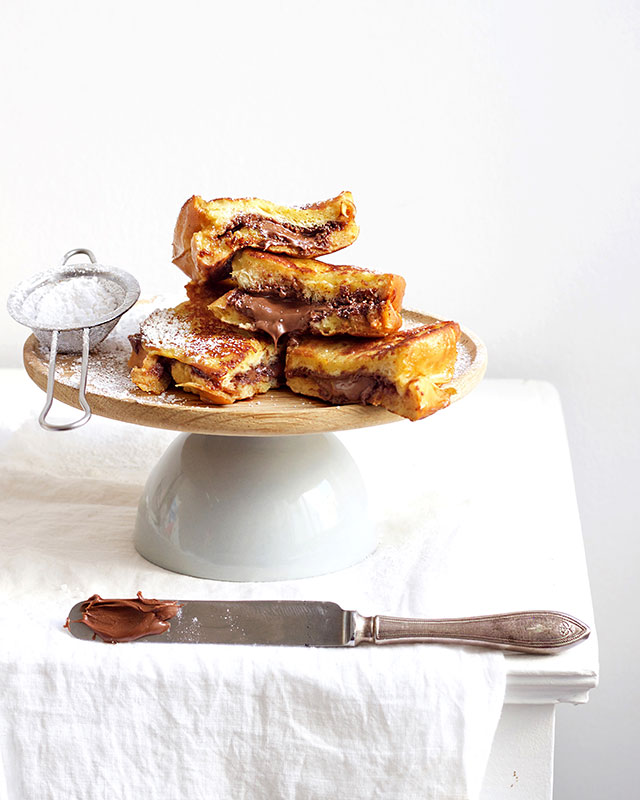

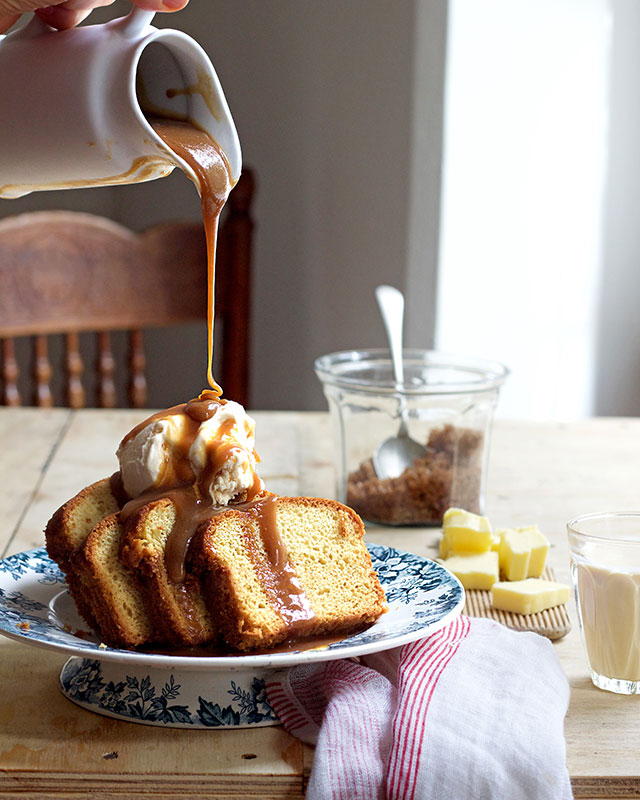




Leave A Comment